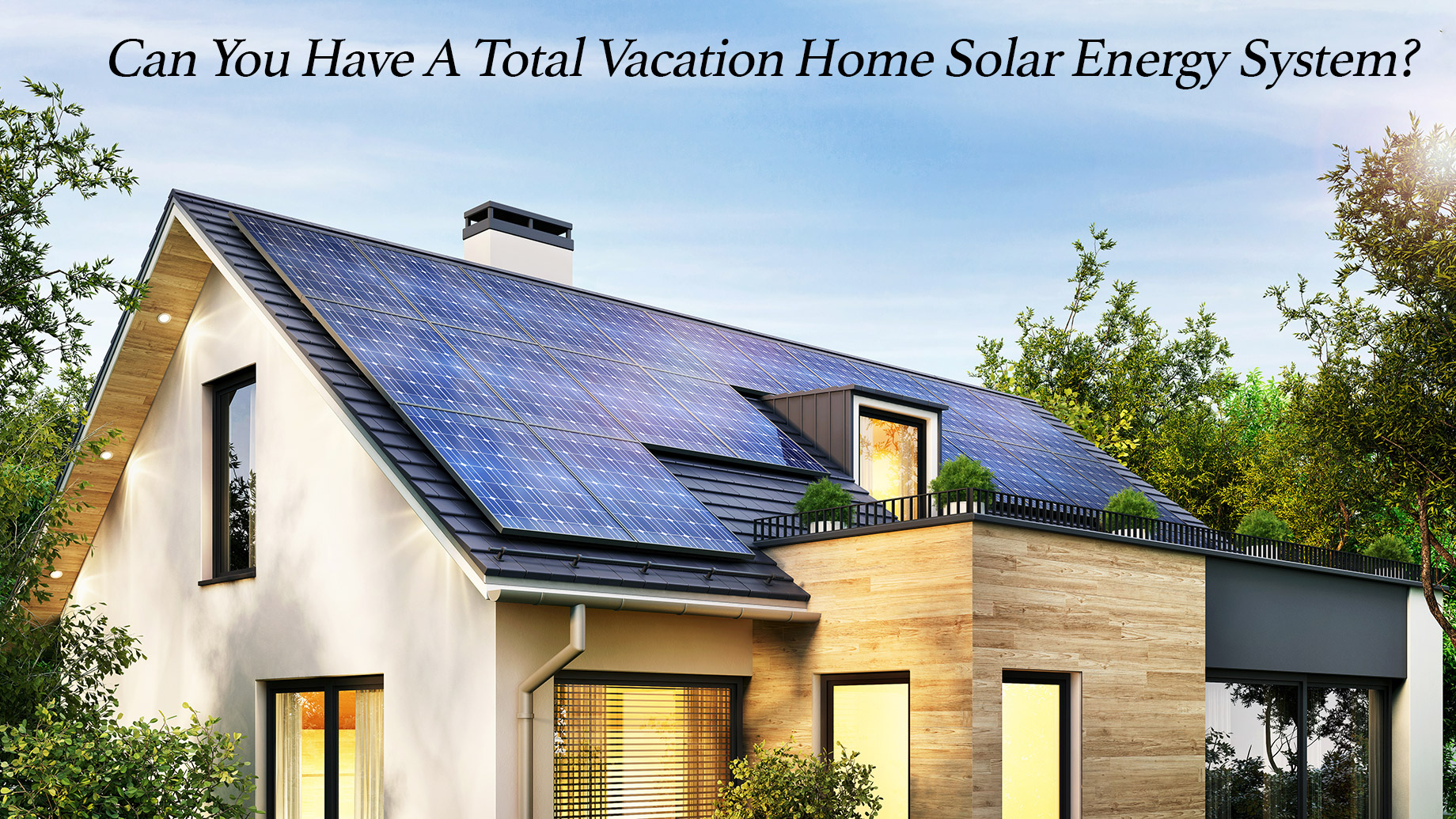
More than 3 million homes in the United States are generating power through residential solar panels.
The reasons for the boom in solar power — more than 1 million installations in the last two years — comes from its reliability, convenience, and fiscal benefits.
However, one of the most asked questions about a home solar energy system is can it power an entire home?
Of course, if you have unlimited resources, you can surely build a system to meet almost any energy need.
But for most of us, unlimited resources isn’t a reality. People want to know if they can harness enough solar energy from the sun to power their homes within a reasonable budget.
In the following article, we’ll discuss the advantages of solar energy when it comes to powering your entire home.
Home Solar Energy System Basics
The advantages of solar power include protections from spiking utility rates and reducing your monthly energy bill. Also, solar power cuts your carbon footprint. This is all achieved by harnessing the power of the sun through solar panels.
The panels are made up of photovoltaic cells comprised of a large part of silicon mixed with other elements to increase their energy production.
The panels react to photons emitted from the sun in the form of light. When the photos strike the panels, they knock loose electrons. These electrons are then collected as they attempt to move from the negatively charges part of the panel to its positive side.
The collected electrons then flow out of the panel as a direct current. You need to convert this DC electricity before it can be used in the home.
A piece of equipment called an inverter, usually attached to each panel, is what you use to convert the DC electricity to alternating current or AC.
The now usable AC then runs to a meter in your home, possibly a battery for storage during off-hours (nighttime), to the community’s power grid, and the appliances in your home.
Factors to Consider
A survey by the Department of Energy finds that most Americans are powering 40% of their homes with rooftop solar arrays. This is largely due to the cost of the units and the amount of space it takes to generate enough power for an entire family.
However, there are other mitigating factors. Where you live, store some of the power you generate, and how much power you use are three important ones.
Areas in the South and West of the United States receive more sunlight and have longer days. The more sunlight you get impacts the amount of solar power you can generate.
You can ensure your maximizing your solar power generation by having energy-efficient appliances, putting lights on timers, and conserving as much electricity as possible by monitoring your home cooling.
Lastly, if you can store power through a battery system or your utility allows net metering, you can enjoy the savings of your solar panels even at night. The energy you consume during off-hours either is pulled from the batteries or comes off the credits you received from the utility. Your meter will actually run backward if you generate more power than you need.
Get a Professional Opinion
Most out of a prospective home solar energy system, you should contact a few licensed installers. They’ll have the experience and mathematical acumen to gauge your roof’s ability to generate power.
Also, a solar provider can give you helpful hints on reducing your energy consumption to reduce your energy reliance further.
Did you find this article helpful? Search our website for more on solar energy and conservation.
